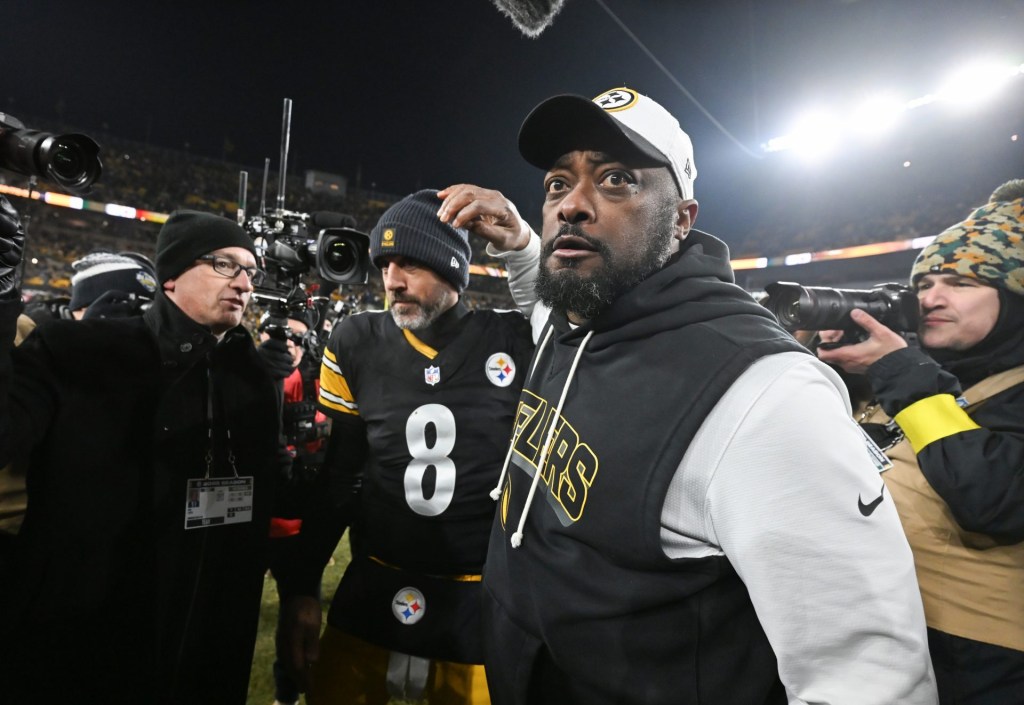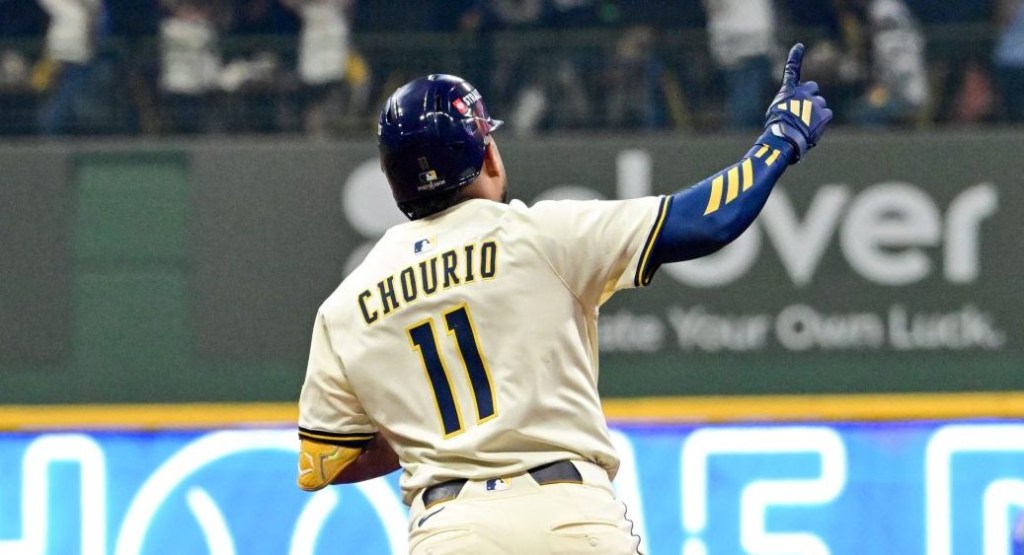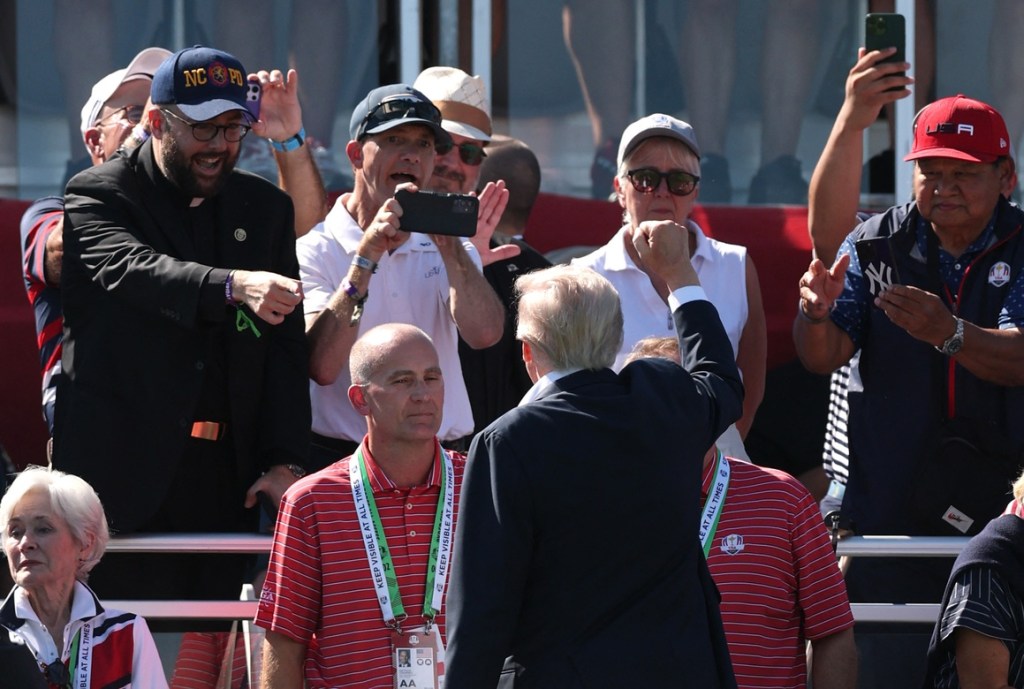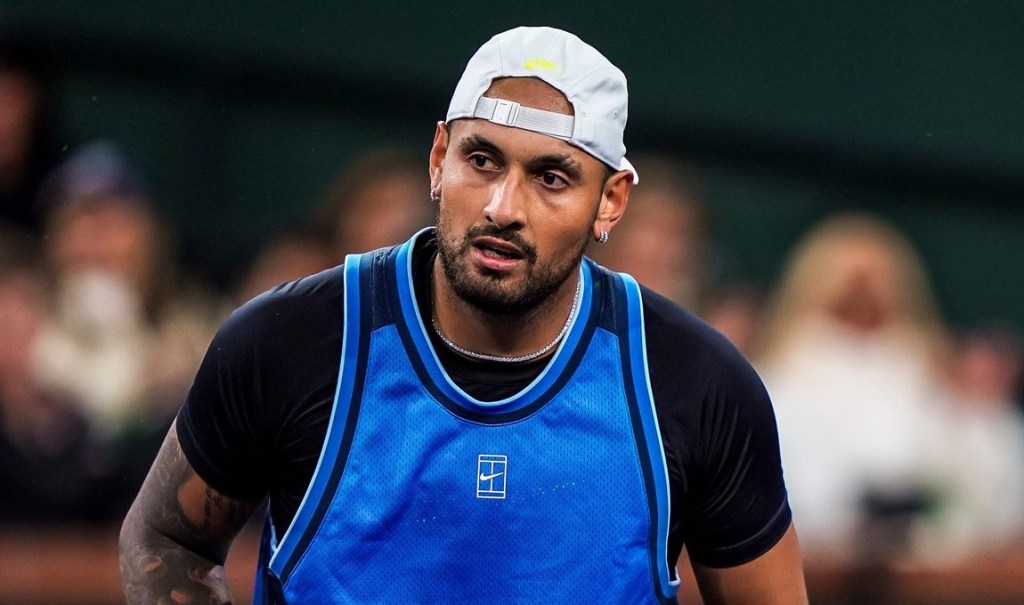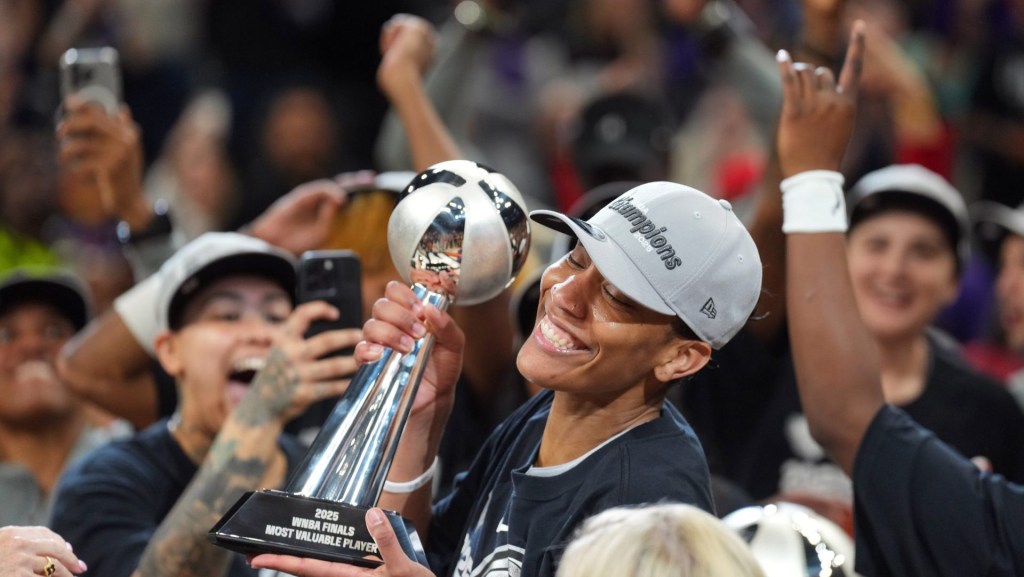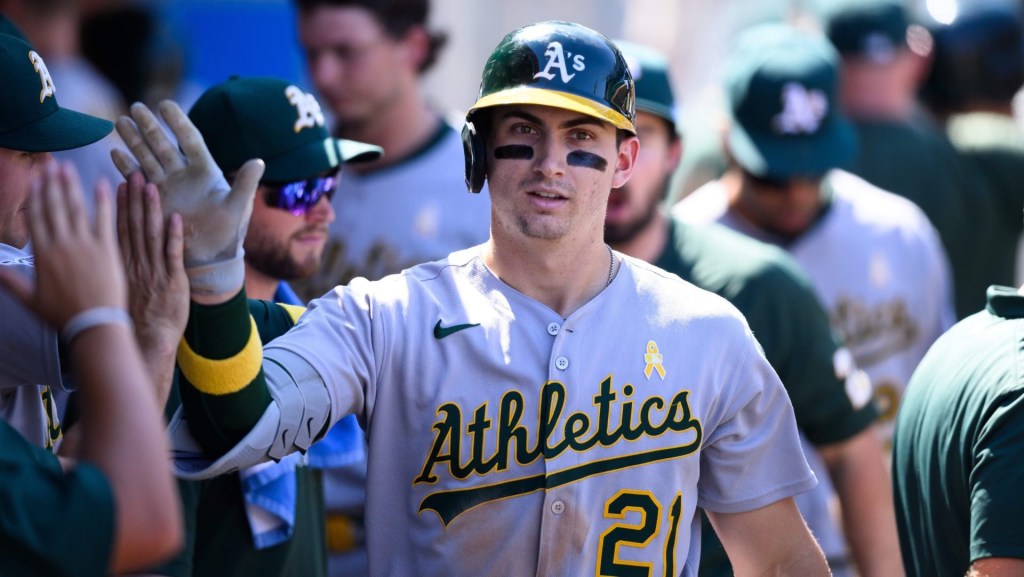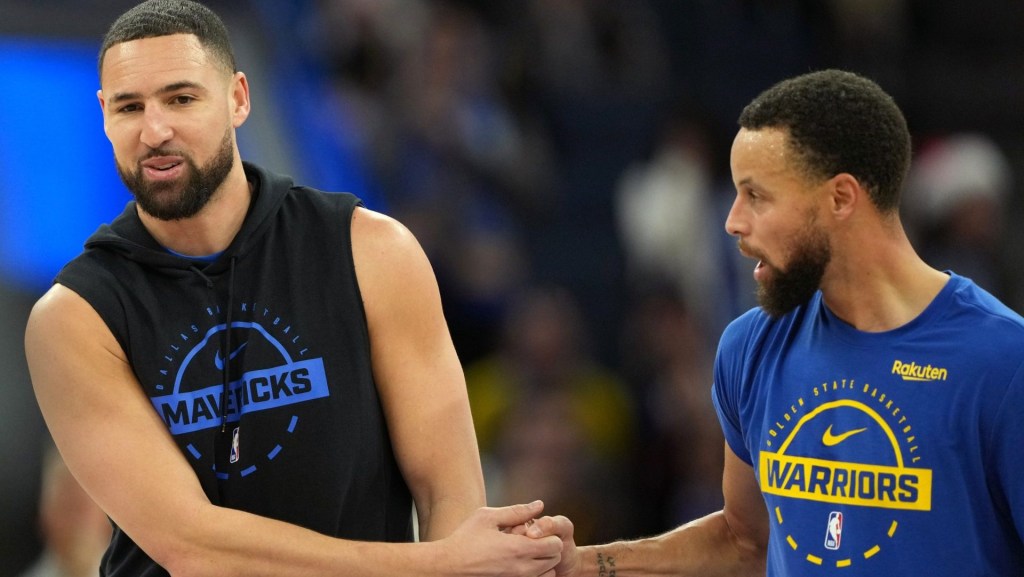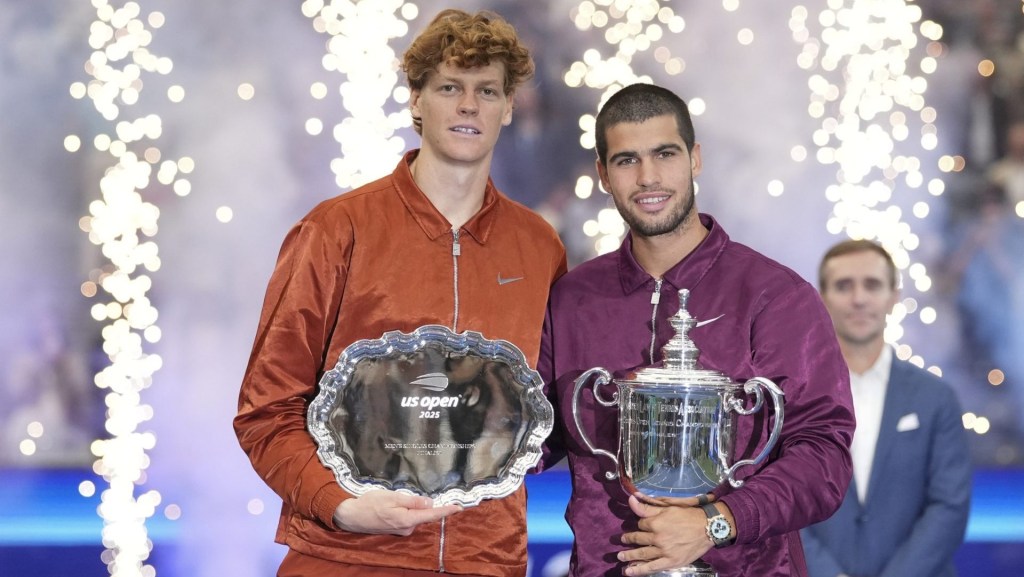The WNBA reportedly agreed to a record 11-year, $2.2 billion media-rights deal starting in the 2026 season, with the opportunity to add tens of millions more over the course of the deal. At its floor, the new deal triples the league’s media-rights revenue; at its ceiling, it would increase it by something closer to a factor of six. At $200 million a year, it is about the same amount of money that was the entire revenue figure—not just media rights—for the league in ’23.
The timing of the new media deal perfectly aligns with the option to throw out the most recent 2020 collective bargaining agreement between the players’ association and the league. Players can choose to opt out by November of this year, which would in turn terminate the CBA at the end of the ’25 season.
With the new media-rights deal kicking in and a potential new CBA, what could 2026 look like for WNBA players?
Right now, the league makes about $60 million annually from media-rights deals, a number that will jump to $200 million or more in 2026. In the same spirit, if salaries were to triple or quadruple, the league would move away from its oft-criticized five-figure contract and could finally sign a million-dollar deal.
The smallest salary outlined in the current CBA was the minimum contract in 2020, worth $57,000 annually. That category will increase to $66,079 in the assumed final year of the CBA in ’25. Should those figures triple or quadruple, the lowest-paid WNBA player would make somewhere in the neighborhood of $200,000.
Jackie Young, the WNBA’s highest-paid player, currently makes $252,450 annually. Within a couple of years, the WNBA’s lowest-paid players will sign what not long ago were record-breaking contracts for the league. (As recently as 2010, rookies earned a minimum of $35,190, while the maximum salary was $101,000.)
This shift could dry up the pipeline of WNBA players going abroad to supplement their incomes. While the contracts abroad are still lucrative—superstars like Brittney Griner and Breanna Stewart have both said they’ve made $1 million annually playing in Russia—the WNBA might pay all players enough where they don’t have to go overseas to afford the costs of professional basketball. If not all players, many should be able to make a healthy living playing in the U.S. year-round. (The WNBA did try to tackle this in the 2020 CBA by giving players bigger cuts of off-season marketing campaigns, but those applied to only certain players. In ’22, Griner brought national attention to the overseas dynamic when she was detained in Russia.)
The jump would be even better for top-drafted players locked into set rookie salaries through their fourth year. First through fourth picks like Clark would likely get paid much more than their current set contract of $85,873 for 2026 under the existing CBA.
For the highest-paid players like Young, tripling their salaries would land upward of $750,000, while quadrupling them would put the deals over $1 million annually for the first time in league history. These bigger deals could instantly become some of the highest salary contracts in women’s team sports, bypassing the world’s highest-paid female soccer player Sam Kerr and her nearly $550,000-per-year deal with Chelsea. And million-dollar paydays are nothing new to individual women’s sports like tennis and golf. Iga Świątek earned almost $10 million on the tennis court alone in both 2022 and ’23. The richest female athletes in U.S. team sports like soccer and basketball currently make most of their money from endorsement deals or entrepreneurship. Even with the anticipated salary increases, that would likely remain the case; see Caitlin Clark’s eight-year, $28 million deal with Nike.
One thing that could cut into these salaries is the increasing number of players expected to come into the league. The Golden State Valkyries will add 12 players in 2025, as will the new Toronto team in ’26. Expansion is a good thing in the cutthroat, 144-roster league, but at least 24 new players will need a chunk of the money, with more expansion teams expected before the 11 years of the media deal are up. The WNBA could also consider expanding rosters themselves to further reduce the talent bottleneck from college to the pros, which would again drain the salary pool. This season, the WNBA salary cap is $1,463,200 per team, and it is scheduled to grow by about $50,000 over each remaining year of the CBA. That’s still just a paltry $17.5 million of spending on player salaries across the entire league this year.
The revenue increase could also have impacts on players outside of salaries. The current CBA made several quality-of-life improvements like stipends and reimbursements for childcare and family planning, improved mental health resources, and higher cash bonuses for competition prize money and end-of-season awards. The league already this year instituted charter flights, but there are other ways the media’s cash injection could benefit the players beyond their contracts. For example, WNBA players receive free housing and cars due to their unusually short seasons, but the quality can vary widely; an influx of cash could increase pressure on owners to invest in those benefits or things like higher-quality practice facilities.
Another important element to note is that the WNBA controls just a small portion of its destiny.
The league takes in only about 40% of its own revenue after the NBA and outside investors get their share, and less than 10% of the total revenue actually finds its way into players’ salaries under the current CBA, which is a major departure from the roughly 50-50 splits that unions in the NFL and NBA have negotiated. Even taking into account that the league receives only about 40% of its own revenue, quick back-of-envelope math shows the players are missing out. In 2023, Bloomberg projected that the league would make between $180 and $200 million. With the league’s cut at 42%, that leaves between $75 million and $84 million for the teams. The salary cap that year was $1,420,500 per team, meaning just over $17 million—or less than a quarter of the revenue teams received—went to players.
It’s a model that has helped the WNBA survive through years of unprofitability, but this new deal should close that gap. The next question for the growth of the league will be if or when it wants to break from its men’s counterpart, which it considered but ultimately did not do for this set of media-rights negotiations. (The WNBA’s deals are worth less than 3% of the NBA’s.)
“We have wondered for months how the NBA would value the WNBA in its media-rights deal. With a reportedly $75 billion deal on the table, the league is in control of its own destiny. More precisely, the NBA controls the destiny of the WNBA,” the executive director of the WNBPA, Terri Jackson, told The Washington Post, alluding to the NBA, which takes home about 40% of WNBA revenue, negotiating the media deal for the women’s side.
Jackson gave a glimpse into the mindset of the players, suggesting that even the landmark deal might not necessarily be fair to her members.
“We look forward to learning how the NBA arrived at a $200 million valuation—if initial reports are accurate or even close. Neither the NBA nor the WNBA can deny that in the last few years, we have seen unprecedented growth across all metrics, the players continue to demonstrate their commitment to building the brand, and that the fans keep showing up. There is no excuse to undervalue the WNBA again,” Jackson said.
Jackson makes a point: Many WNBA games this season, with or without Clark, have drawn more viewers than other major men’s leagues. Despite drawing similar viewership, the WNBA’s full rights deal would bring in about as much annually as the NHL’s $225 million “B Package” with TNT.
So while salaries should skyrocket in the next CBA, there’s still a cap on how much actually goes into players’ pockets, and that’s not just because of the league taking its own portion. The new media deal is a long way from the massive amounts the NBA will earn, but those around the WNBA have long said they’re more concerned about fairness than strict parity.
“We’re not asking to get paid what the men get paid,” Kelsey Plum said in 2022. “We’re asking to get paid the same percentage of revenue shared.”

